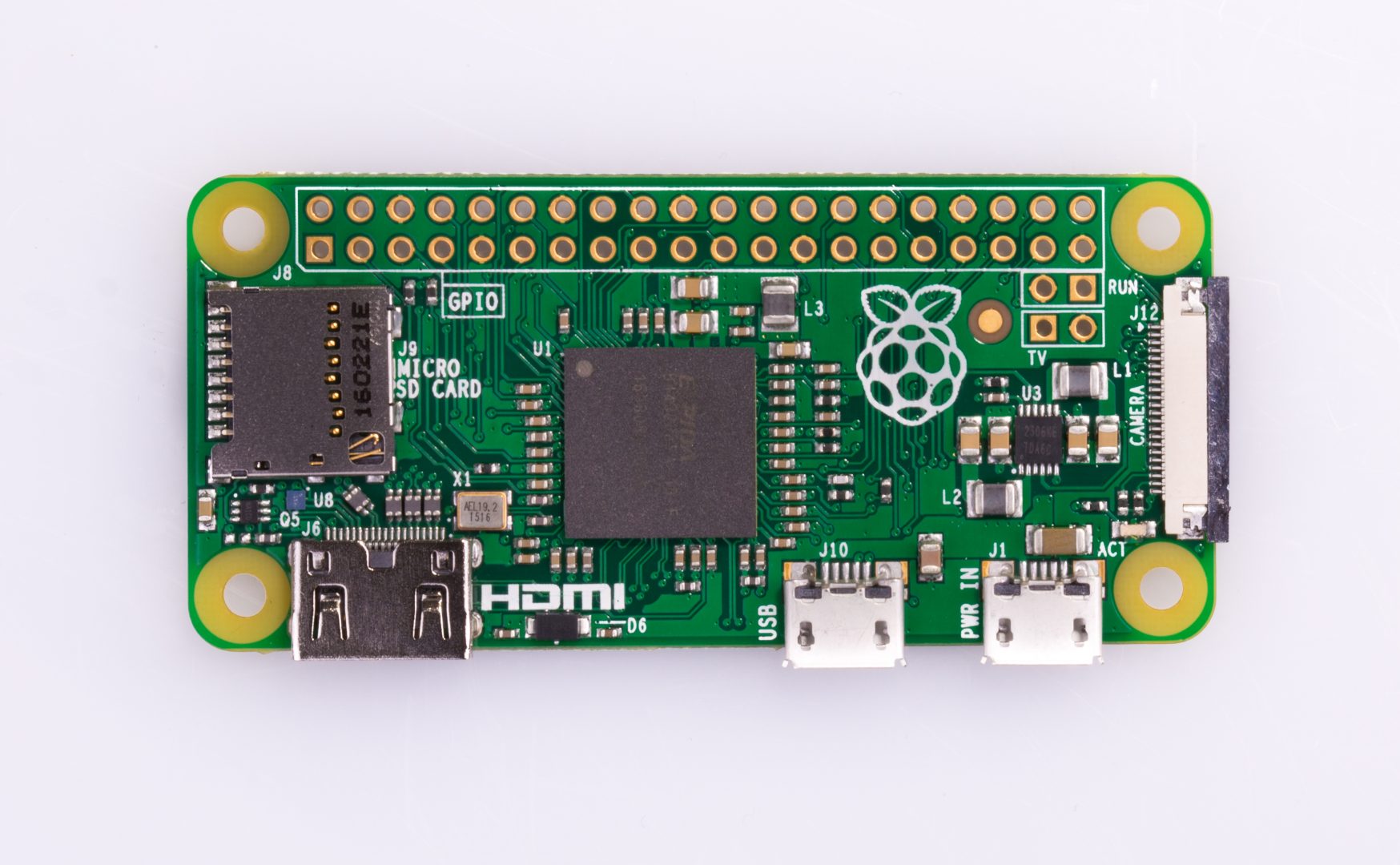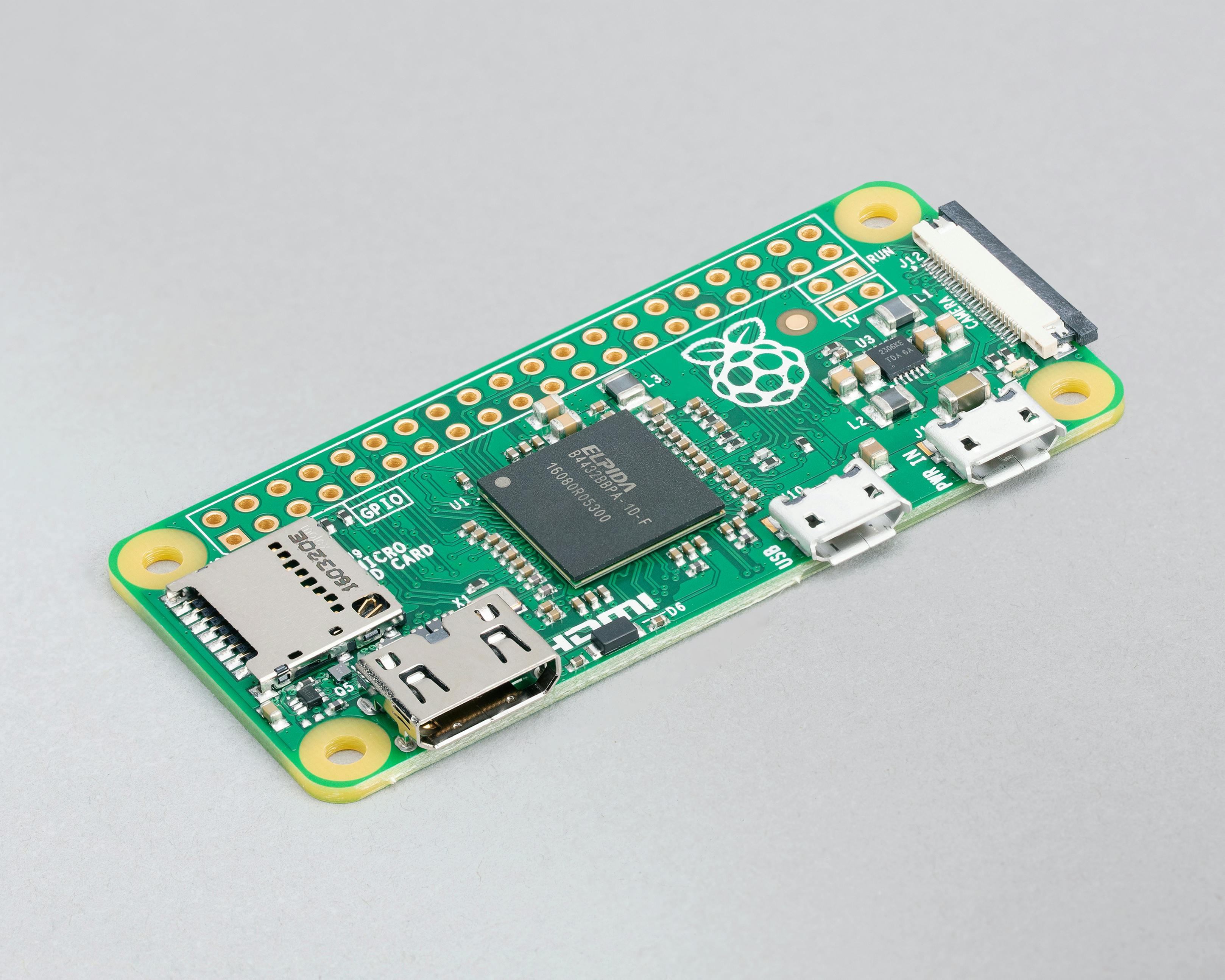How To Remotely Access Raspberry Pi With RemoteIoT Download: A Comprehensive Guide
Detail Author:
- Name : Ellen Hintz PhD
- Username : lemke.alvis
- Email : rkohler@ward.com
- Birthdate : 1984-01-11
- Address : 20445 Rau Pass Apt. 028 Mariomouth, DC 38436
- Phone : 1-331-688-2409
- Company : Walsh, Volkman and Walter
- Job : Sales Representative
- Bio : Commodi enim vel saepe dolores exercitationem id qui. Ex qui sint ipsam modi. Perferendis qui eum aliquam sed rerum.
Socials
facebook:
- url : https://facebook.com/ken_dev
- username : ken_dev
- bio : Alias quo officiis sunt voluptas quo inventore dolorem.
- followers : 602
- following : 1752
linkedin:
- url : https://linkedin.com/in/ken5349
- username : ken5349
- bio : Aut et a vitae ut culpa eveniet.
- followers : 3877
- following : 38
instagram:
- url : https://instagram.com/ken_jast
- username : ken_jast
- bio : Et voluptas possimus beatae. Blanditiis quis nihil perspiciatis non.
- followers : 2745
- following : 2149
twitter:
- url : https://twitter.com/ken2384
- username : ken2384
- bio : In et aliquam quia tenetur omnis vel qui accusamus. Velit vero consequatur sint hic deleniti libero et. Praesentium quos quo a culpa.
- followers : 1364
- following : 25
Are you looking for a reliable way to remotely access your Raspberry Pi? With the increasing demand for remote device management, tools like RemoteIoT have become essential for tech enthusiasts and professionals alike. Whether you're managing IoT devices, running a home automation system, or working on a project that requires remote access, Raspberry Pi is a versatile tool. However, accessing it remotely can sometimes be challenging without the right setup. In this guide, we’ll explore how to remotely access Raspberry Pi using RemoteIoT Download, ensuring a seamless and secure connection.
RemoteIoT is a powerful platform designed to simplify the process of remote device management. It allows users to access their Raspberry Pi from anywhere in the world, eliminating the need for complex configurations. By following this guide, you’ll learn how to set up and use RemoteIoT to remotely access your Raspberry Pi, making your projects more efficient and accessible.
Before diving into the technical details, it’s important to understand why remote access is crucial for Raspberry Pi users. Whether you’re troubleshooting issues, updating software, or monitoring your IoT devices, having remote access ensures that you can manage your projects without being physically present. This guide will walk you through the entire process, from installation to advanced configurations, ensuring you have all the tools you need to succeed.
Table of Contents
Introduction to Raspberry Pi
Raspberry Pi is a single-board computer that has gained immense popularity due to its affordability, versatility, and ease of use. It was originally designed to promote the teaching of basic computer science in schools, but its applications have expanded far beyond education. Today, Raspberry Pi is used in a wide range of projects, from home automation systems to industrial IoT applications.
Key Features of Raspberry Pi
- Compact and energy-efficient design
- Supports multiple operating systems, including Raspberry Pi OS and Ubuntu
- Equipped with GPIO pins for hardware interfacing
- Capable of running various programming languages and frameworks
Applications of Raspberry Pi
- Home automation and smart home systems
- IoT projects and edge computing
- Media centers and retro gaming consoles
- Robotics and AI experiments
Why Remote Access Matters
Remote access is a critical feature for anyone using Raspberry Pi for IoT projects or remote device management. It allows users to interact with their devices from anywhere, ensuring that they can monitor, update, and troubleshoot their systems without being physically present. This capability is especially important for businesses and individuals managing multiple devices across different locations.
Benefits of Remote Access
- Increased productivity by eliminating the need for physical access
- Enhanced security with remote monitoring and updates
- Cost savings by reducing travel and on-site maintenance
- Improved scalability for managing multiple devices
What is RemoteIoT?
RemoteIoT is a cloud-based platform designed to simplify remote device management. It provides a secure and reliable way to access and control devices like Raspberry Pi from anywhere in the world. With its user-friendly interface and robust features, RemoteIoT has become a popular choice for tech enthusiasts and professionals alike.
Key Features of RemoteIoT
- Secure remote access to Raspberry Pi and other IoT devices
- Support for multiple protocols, including SSH and VNC
- Real-time monitoring and alerts
- Easy integration with existing systems
Step-by-Step Setup Guide
Setting up RemoteIoT to remotely access your Raspberry Pi is a straightforward process. Follow the steps below to get started:
Step 1: Install Raspberry Pi OS
Begin by installing the latest version of Raspberry Pi OS on your device. You can download the OS from the official Raspberry Pi website and use tools like Raspberry Pi Imager to flash it onto an SD card.
Step 2: Configure Network Settings
Ensure that your Raspberry Pi is connected to the internet. You can configure the network settings using the Raspberry Pi configuration tool or by editing the network configuration files manually.
Step 3: Install RemoteIoT Client
Download and install the RemoteIoT client on your Raspberry Pi. The client can be downloaded from the official RemoteIoT website. Follow the installation instructions provided on the website to complete the setup.
Step 4: Create a RemoteIoT Account
Sign up for a RemoteIoT account if you don’t already have one. Once registered, log in to the RemoteIoT dashboard and add your Raspberry Pi device to the platform.
Step 5: Connect to Your Raspberry Pi
After adding your device, you can connect to it remotely using the RemoteIoT dashboard. The platform supports various connection methods, including SSH and VNC, allowing you to access your Raspberry Pi securely.
Advanced Features of RemoteIoT
RemoteIoT offers several advanced features that can enhance your remote access experience. These features include:
Real-Time Monitoring
RemoteIoT provides real-time monitoring of your Raspberry Pi’s performance metrics, such as CPU usage, memory consumption, and network activity. This allows you to identify and resolve issues quickly.
Automated Alerts
Set up automated alerts to receive notifications when specific events occur, such as high CPU usage or network disconnections. This ensures that you are always aware of the status of your devices.
Multi-Device Management
Manage multiple Raspberry Pi devices from a single dashboard. RemoteIoT allows you to organize your devices into groups and apply configurations across multiple devices simultaneously.
Security Best Practices
When remotely accessing your Raspberry Pi, it’s essential to follow security best practices to protect your device and data. Here are some tips to ensure a secure connection:
Use Strong Passwords
Always use strong, unique passwords for your Raspberry Pi and RemoteIoT account. Avoid using default passwords and change them regularly.
Enable Two-Factor Authentication
Enable two-factor authentication (2FA) on your RemoteIoT account to add an extra layer of security. This requires users to provide a second form of verification, such as a code sent to their phone, in addition to their password.
Keep Software Updated
Regularly update your Raspberry Pi OS and RemoteIoT client to ensure that you have the latest security patches and features.
Common Issues and Solutions
While setting up and using RemoteIoT, you may encounter some common issues. Here are a few troubleshooting tips:
Connection Issues
If you’re unable to connect to your Raspberry Pi, check your network settings and ensure that your device is online. You can also restart the RemoteIoT client to resolve connection issues.
Performance Problems
If your Raspberry Pi is experiencing performance issues, monitor its resource usage using RemoteIoT’s real-time monitoring tools. You may need to optimize your applications or upgrade your hardware.
Authentication Errors
If you encounter authentication errors, double-check your login credentials and ensure that two-factor authentication is enabled if required.
Real-World Applications
Remote access to Raspberry Pi has numerous real-world applications. Here are a few examples:
Home Automation
Use Raspberry Pi to control smart home devices and remotely manage your home automation system. RemoteIoT allows you to access your system from anywhere, ensuring that your home is always secure and efficient.
IoT Projects
Raspberry Pi is widely used in IoT projects, such as environmental monitoring and industrial automation. RemoteIoT enables you to remotely monitor and control your IoT devices, making it easier to manage large-scale deployments.
Education and Research
Educators and researchers use Raspberry Pi for various experiments and projects. RemoteIoT provides a convenient way to access and manage these devices, facilitating collaboration and innovation.
Frequently Asked Questions
Here are some frequently asked questions about remotely accessing Raspberry Pi with RemoteIoT:
Is RemoteIoT Free to Use?
RemoteIoT offers both free and paid plans. The free plan includes basic features, while the paid plans provide additional functionality, such as advanced monitoring and multi-device management.
Can I Use RemoteIoT with Other Devices?
Yes, RemoteIoT supports a wide range of devices, including other single-board computers and IoT devices. Check the RemoteIoT website for a complete list of supported devices.
How Secure is RemoteIoT?
RemoteIoT uses industry-standard encryption and security protocols to ensure that your data and devices are protected. Additionally, features like two-factor authentication and automated alerts enhance security.
Conclusion
Remotely accessing your Raspberry Pi with RemoteIoT Download is a powerful way to manage your projects and devices from anywhere in the world. By following the steps outlined in this guide, you can set up a secure and reliable connection that meets your needs. Whether you’re working on a home automation system, IoT project, or educational experiment, RemoteIoT provides the tools you need to succeed.
We hope this guide has provided you with valuable insights into remotely accessing Raspberry Pi with RemoteIoT. If you have any questions or need further assistance, feel free to leave a comment below. Don’t forget to share this article with others who might find it helpful, and explore our other resources for more tips and tutorials on Raspberry Pi and IoT projects.

